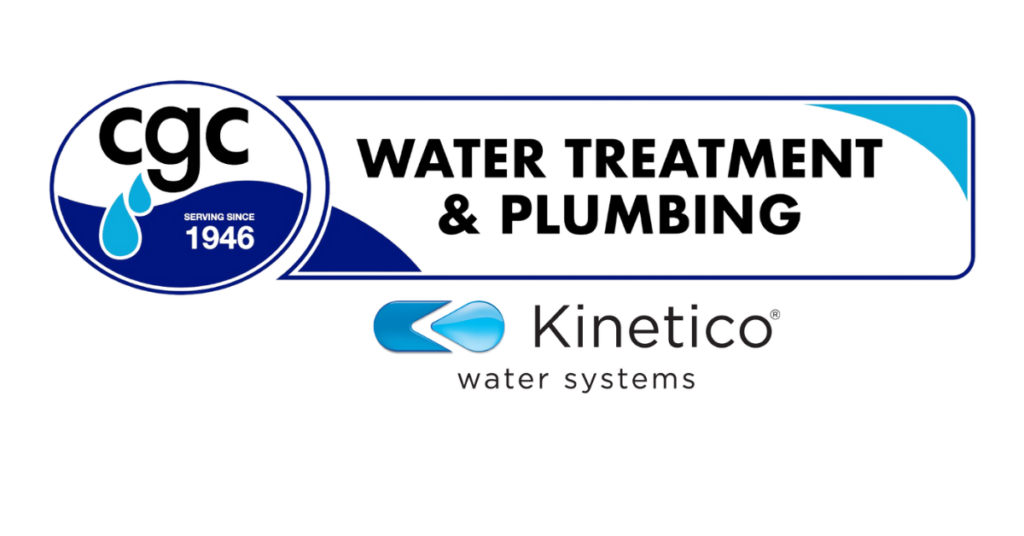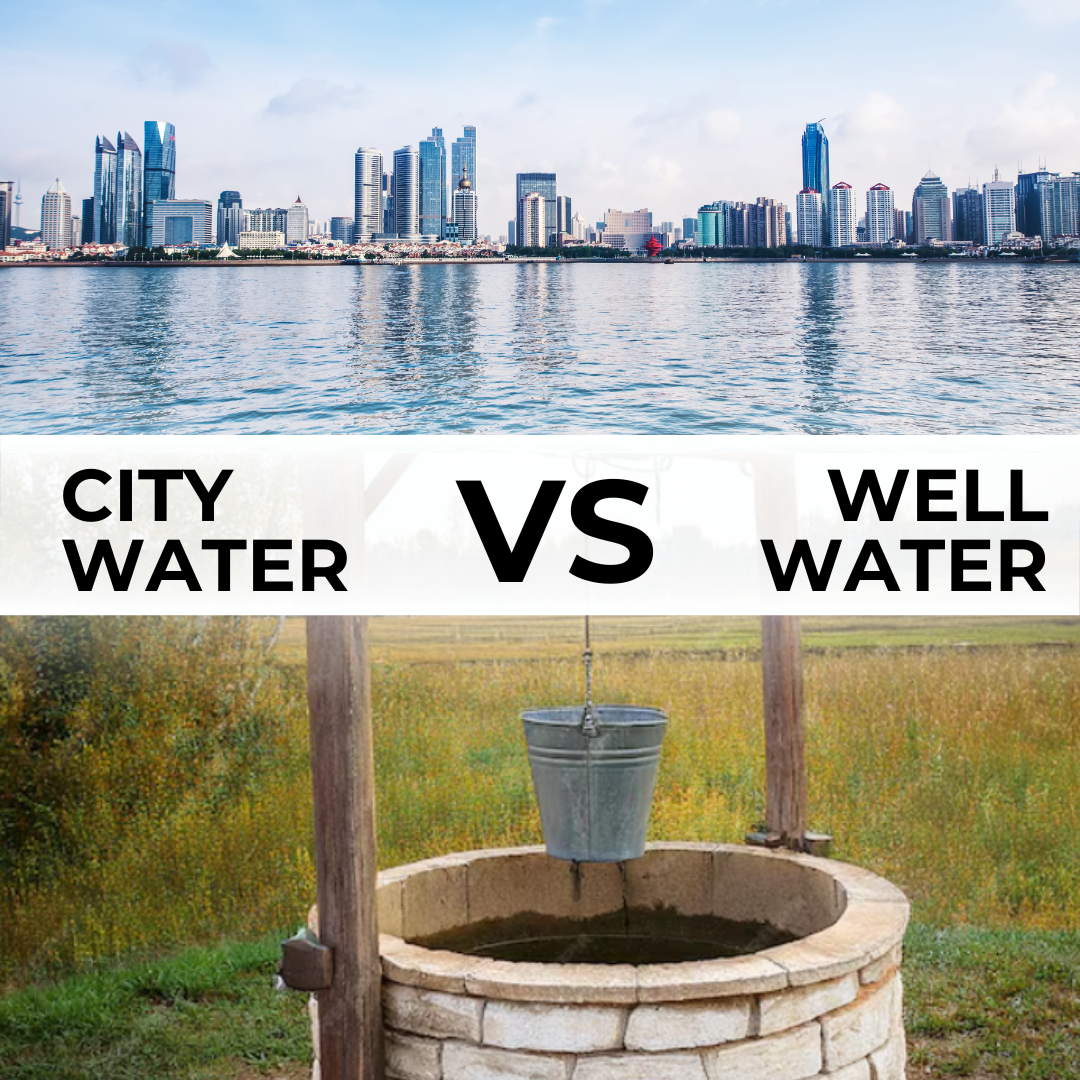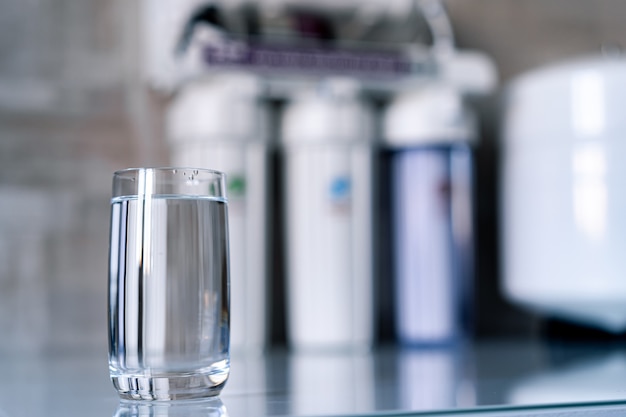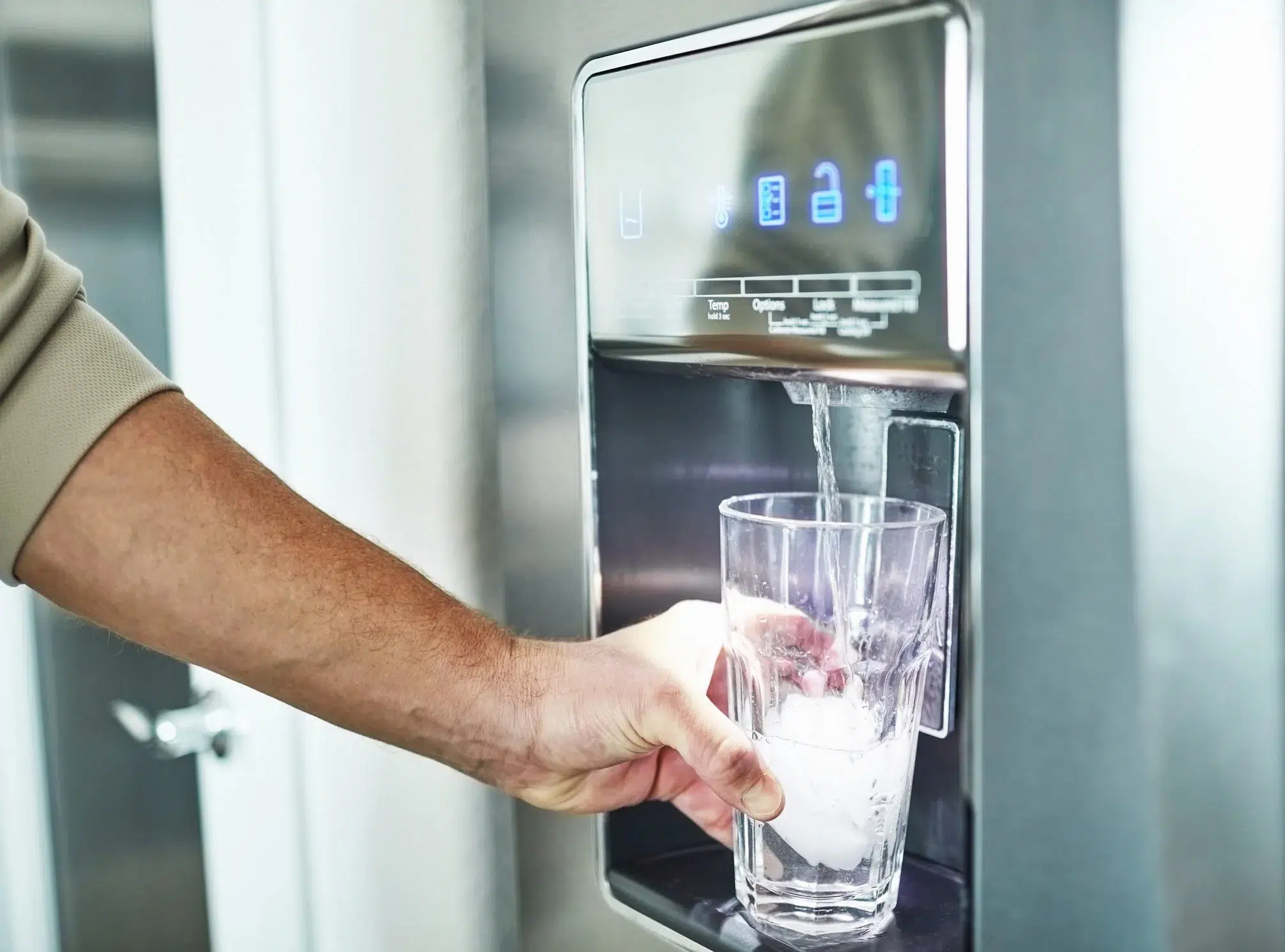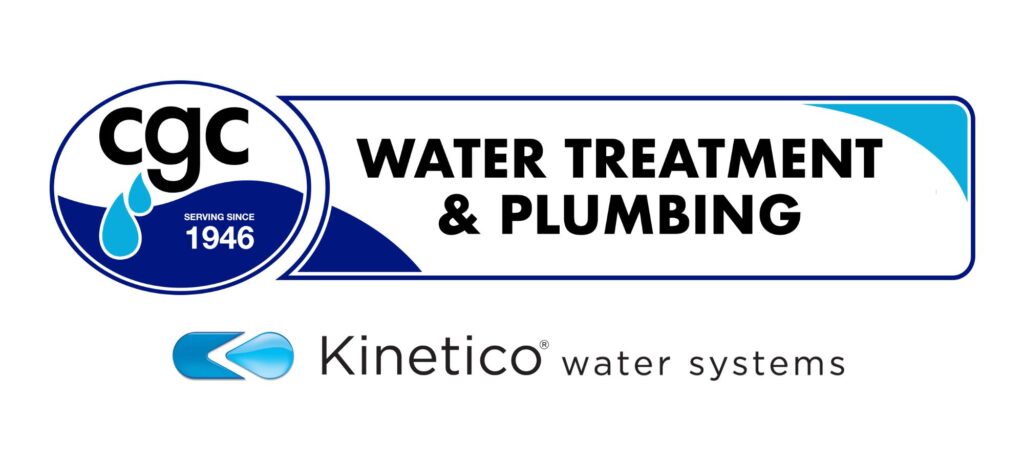In the world of water purification, reverse osmosis stands as a powerful and widely-used technology, offering a meticulous filtration process that ensures the delivery of clean and safe drinking water. But what exactly is reverse osmosis, and how does it work? Let’s understand the intricacies of reverse osmosis, exploring its principles, applications, and the benefits it brings to households and industries alike.
Understanding Reverse Osmosis
Reverse osmosis (RO) is a water purification process that employs a semi-permeable membrane to remove impurities, contaminants, and particles from water. The term “reverse” reflects the opposite direction of natural osmosis, where water typically moves from an area of lower solute concentration to an area of higher solute concentration.
The RO process involves applying pressure to the water, forcing it through a semi-permeable membrane that selectively allows water molecules to pass while blocking the majority of impurities. The result is a purified stream of water on one side of the membrane and a concentrated brine solution containing the rejected impurities on the other.
Components of a Reverse Osmosis System
Pre-Filter: The water entering the reverse osmosis system first passes through a pre-filter, which removes larger particles and sediment. This step helps protect the delicate semi-permeable membrane from damage caused by debris.
Semi-Permeable Membrane: The heart of the reverse osmosis system is the semi-permeable membrane. This thin barrier, often made of a synthetic material like polyamide, allows water molecules to pass through while blocking impurities such as bacteria, viruses, minerals, and chemicals.
Pressure Pump: To facilitate the osmotic process, a pressure pump is used to apply force to the water, pushing it through the semi-permeable membrane. The pressure helps overcome the natural osmotic pressure, allowing the purification process to occur.
Post-Filter: After passing through the membrane, the purified water undergoes a post-filter stage to ensure any remaining impurities are removed before reaching the tap. This final step contributes to the overall quality and taste of the purified water.
Applications of Reverse Osmosis
Drinking Water Purification: One of the most common applications of reverse osmosis is in household water purification systems. RO systems installed under sinks or connected to water dispensers effectively remove contaminants, providing clean and safe drinking water.
Desalination: Reverse osmosis plays a crucial role in desalination processes, converting seawater into freshwater. This application is particularly significant in regions facing water scarcity, where desalination plants help meet the freshwater demand.
Industrial Processes: Various industries utilize reverse osmosis for water purification in manufacturing processes. From pharmaceuticals to electronics, RO ensures that water used in these industries meets the stringent purity standards required for production.
Wastewater Treatment: Reverse osmosis is employed in wastewater treatment to reclaim and purify water for reuse. This sustainable approach helps minimize environmental impact and reduce the strain on freshwater resources.
Benefits of Reverse Osmosis
Effective Contaminant Removal: Reverse osmosis is highly effective in removing a wide range of contaminants, including bacteria, viruses, chemicals, minerals, and sediments. This results in water that meets or exceeds regulatory standards for purity.
Improved Taste and Odor: The removal of impurities enhances the taste and odor of the water. Many people find that reverse osmosis water has a crisp and clean flavor, making it more enjoyable to drink.
Compact and Versatile: Reverse osmosis systems are available in various sizes, making them suitable for both residential and industrial applications. They can be installed under sinks, in basements, or integrated into larger water treatment facilities.
Energy Efficiency: When contrasted with certain conventional water purification methods, reverse osmosis demonstrates energy efficiency.The process requires less energy, making it a sustainable choice for water treatment.
Customizable and Upgradable: Reverse osmosis systems can be customized based on specific water quality needs. Additionally, they are upgradable, allowing users to enhance their systems as technology advances or water quality requirements change.
Challenges and Considerations
While reverse osmosis offers numerous benefits, it is essential to consider potential challenges and address them to optimize the system’s performance:
Wastewater Generation: Reverse osmosis systems produce a concentrated brine solution as a byproduct, which must be appropriately managed. Some systems incorporate technology to minimize wastewater generation, improving overall efficiency.
Maintenance: Regular maintenance is crucial to ensure the longevity and effectiveness of a reverse osmosis system. This includes replacing filters and periodically inspecting the membrane for any signs of damage.
Initial Cost: The upfront cost of installing a reverse osmosis system can be higher compared to other water purification methods. However, the long-term benefits in terms of water quality and reduced reliance on bottled water often outweigh the initial investment.
Reverse osmosis stands as a powerful solution in the quest for clean and safe drinking water. Its widespread applications, from household use to industrial processes and desalination, highlight its versatility and effectiveness. Understanding the principles and components of reverse osmosis empowers individuals and industries to make informed choices about water purification.
At CGC Water, we believe in providing valuable information to help you make decisions that enhance your well-being. If you’re considering a reverse osmosis system for your home or business, we’re here to assist. Clean water is a fundamental aspect of a healthy lifestyle, and our team is dedicated to ensuring you have the knowledge and resources to make the best choices for your water purification needs.
